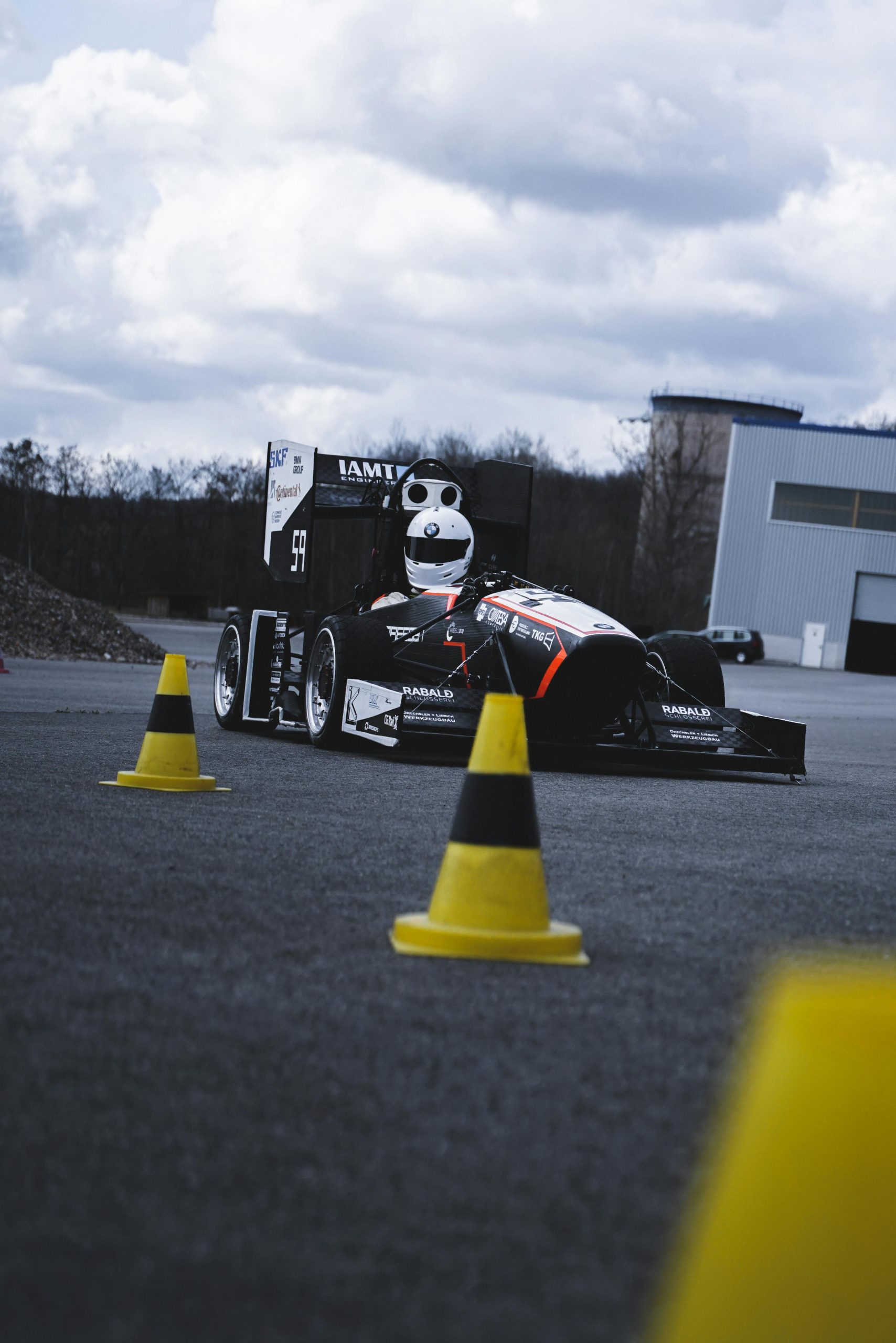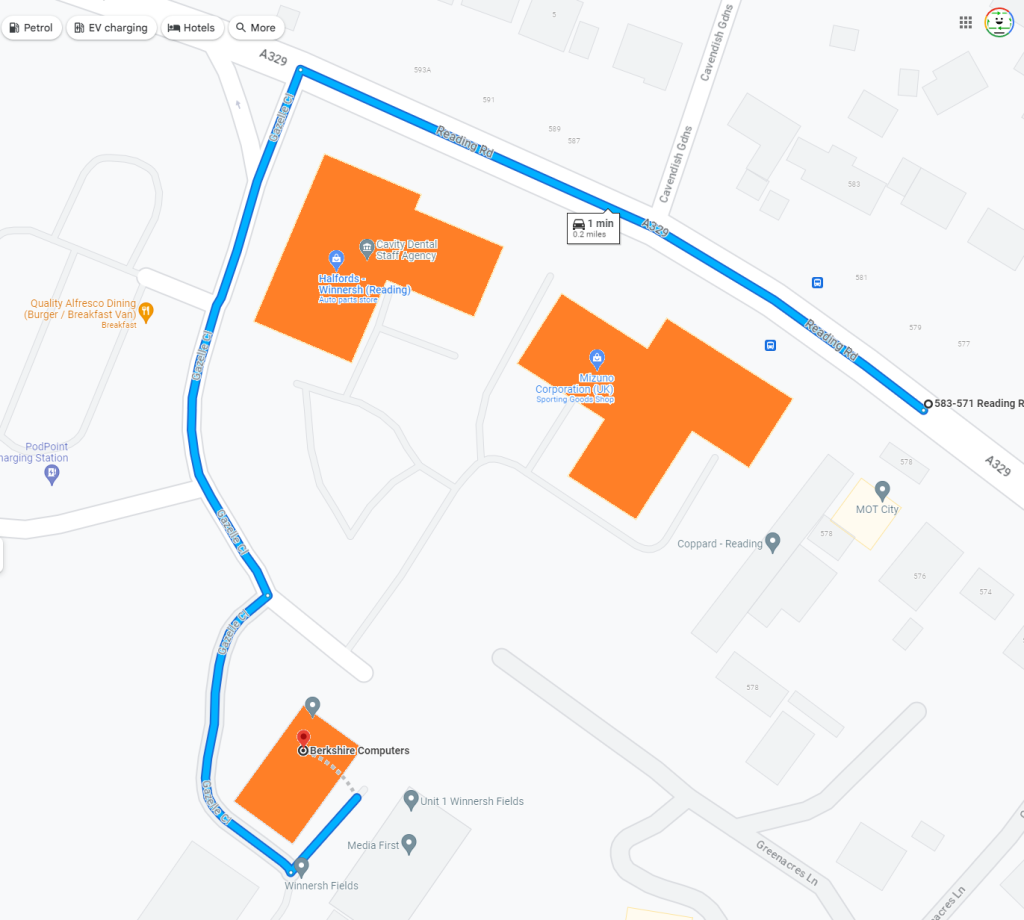Troubleshooting Graphics Card Issues: When It Works Outside the Case but Not Inside
Have you ever encountered a perplexing situation where your graphics card functions perfectly when set up outside of your PC case but fails to operate once installed inside? If so, you’re not alone. This frustrating issue can leave many users scratching their heads as they strive to pinpoint the root of the problem.
Understanding the Problem
You’ve meticulously connected all your components and, to your relief, your system powers up successfully when everything is outside the case. The monitor displays an image, and all seems well. However, the moment you secure the graphics card within the confines of the case, it refuses to work. This can be an exasperating experience, leading to questions about what could possibly be going wrong.
Possible Causes
-
Short Circuits or Contact Issues: One common reason for this anomaly is an improper connection that results in short circuits. Ensure that the graphics card is seated correctly in the PCIe slot and that there are no loose cables.
-
Case Interference: Sometimes, the case can obstruct proper contact. Check for any screws or sharp edges that might be impacting the card’s connection or causing it to press against the motherboard incorrectly.
-
Insufficient Power Supply: Ensure that your power supply unit (PSU) has the appropriate wattage and connections to support the graphics card. If the cable connections are inadvertently dislodged when moving the card inside the case, that could also cause failures.
-
Thermal Issues: Although less common, overheating can prevent hardware from functioning correctly. Make sure that your case has adequate airflow and that the cooling fans are working optimally.
-
Physical Damage: Inspect your graphics card for any signs of physical damage or bent pins. Even minor damage could prevent it from working properly inside the case.
What to Do Next
Having considered some potential reasons, here are steps to take:
-
Re-seat the Card: Remove the graphics card and reinsert it firmly into the PCIe slot, checking for proper alignment and engagement.
-
Inspect the Connections: Double-check all connections, ensuring that the power cables are securely attached and that there are no signs of wear.
-
Test with Minimal Configuration: Try running the system with minimal components—just the PSU, motherboard, CPU, and graphics card—to isolate the issue further.
-
Change Slot: If your motherboard has multiple
Share this content:



